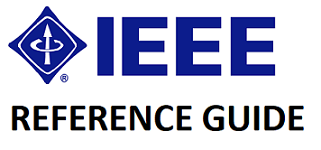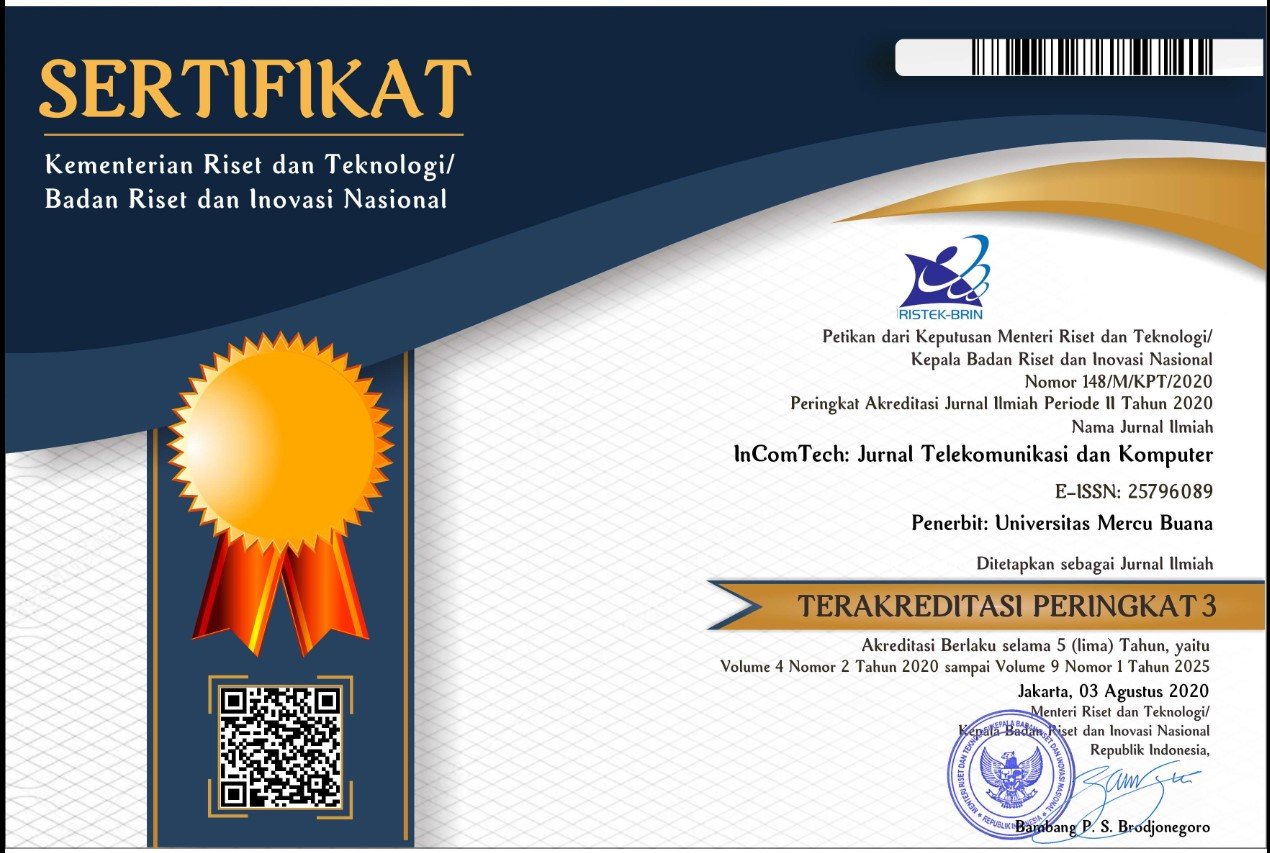Multi-classification Sentiment Analysis using Convolution Neural Network and Long-Short Term Memory with Attention Model
Abstract
Keywords
Full Text:
PDFReferences
J. Barnes, R. Klinger, and S. S. im Walde, “Assessing State-of-the-Art Sentiment Models on State-of-the-Art Sentiment Datasets,” pp. 2–12, 2017.
L. Xu, J. Lin, L. Wang, C. Yin, and J. Wang, “Deep Convolutional Neural Network based Approach for Aspect-based Sentiment Analysis,” Adv. Sci. Technol. Lett., vol. 143, pp. 199–204, 2017.
G. Vinodhini and R. Chandrasekaran, “Sentiment Analysis and Opinion Mining: A Survey,” Int. J. Adv. Res. Comput. Sci. Softw. Eng., vol. 2, no. 6, pp. 282–292, 2012.
I. Goodfellow, “Deep Learning.”
S. Poria, E. Cambria, and A. Gelbukh, “Aspect Extraction for Opinion Miningwith a Deep Convolutional Neural Network,” Knowledge-Based Syst., vol. 108, pp. 42–49, 2016.
A. M. Ramadhani and H. S. Goo, “Twitter sentiment analysis using deep learning methods,” in 2017 7th International Annual Engineering Seminar (InAES), 2017, pp. 1–4.
S. M. Jiménez-Zafra, E. Martínez-Cámara, M. T. Martín-Valdivia, and L. A. Ur Na-López, “SINAI: Syntactic approach for Aspect Based Sentiment Analysis,” Semeval 2015, no. SemEval, pp. 730–735, 2015.
X. Zhu, P. Sobhani, and H. Guo, “Long Short-Term Memory Over Tree Structures,” Int. Conf. Mach. Learn., no. Icml, Mar. 2015.
W. Che, Y. Zhao, H. Guo, Z. Su, and T. Liu, “Sentence Compression for Aspect-Based Sentiment Analysis,” IEEE/ACM Trans. Audio Speech Lang. Process., vol. 23, no. 12, pp. 2111–2124, 2015.
D. Tang, F. Wei, B. Qin, M. Zhou, and T. Liu, “Building Large-Scale Twitter-Specific Sentiment Lexicon: a Representation Learning Approach,” Proc. 25th Int. Conf. Comput. Linguist. (COLING 2014), pp. 172–182, 2014.
H. Lakkaraju, R. Socher, and C. D. Manning, “Aspect Specific Sentiment Analysis using Hierarchical Deep Learning,” NIPS WS Deep neural networks Represent. Learn., pp. 1–9, 2014.
L. Zhang and B. Liu, Data Mining and Knowledge Discovery for Big Data, vol. 1. Berlin, Heidelberg: Springer Berlin Heidelberg, 2014.
W. Wang, S. J. Pan, D. Dahlmeier, and X. Xiao, “Recursive Neural Conditional Random Fields for Aspect-based Sentiment Analysis,” Proc. 2016 Conf. Empir. Methods Nat. Lang. Process., pp. 616–626, 2016.
Bobicev, V., & Sokolova, M. (2017). Inter-Annotator Agreement in Sentiment Analysis: Machine Learning Perspective. Proceedings of Recent Advances in Natural Language Processing, 97–102. https://doi.org/10.26615/978-954-452-049-6_015
Cambria, E., Gelbukh, A., & Thelwall, M. (2017). Affective Computing and Sentiment Analysis. IEEE INTELLIGENT SYSTEMS, 32(6), 74–80. https://doi.org/10.1109/MIS.2017.4531228
Covington, M. A. (1994). Natural Language Processing for Prolog Programmers. New Jersey: Prentice Hall.
Kao, A., & Poteet, S. R. (2007). Natural Language Processing and Text Mining. USA: Springer.
Kemp, S. (2017, August 10). Three Billion People Now Use Social Media. Retrieved from https://wearesocial.com/blog/2017/08/three-billion-people-now-use-social-media
Lau, J. H., & Baldwin, T. (2016). An Empirical Evaluation of doc2vec with Practical Insights into Document Embedding Generation. In Proceedings of the 1st Workshop on Representation Learning for NLP (pp. 78–86). Stroudsburg, PA, USA: Association for Computational Linguistics. https://doi.org/10.18653/v1/W16-1609
Medhat, W., Hassan, A., & Korashy, H. (2014). Sentiment analysis algorithms and applications: A survey. Ain Shams Engineering Journal, 5(4), 1093–1113. https://doi.org/10.1016/j.asej.2014.04.011
Mitchell, T. M. (1997). Machine Learning. New York: McGraw Hill.
Pang, B., & Lee, L. (2008). Opinion mining and sentiment analysis. Foundations and Trends in Information Retrieval, 2(1–2), 1–135.
Poria, S., Cambria, E., & Gelbukh, A. (2016). Aspect extraction for opinion mining with a deep convolutional neural network. Knowledge-Based Systems, 108, 42–49. https://doi.org/10.14257/astl.2017.143.41
DOI: http://dx.doi.org/10.22441/incomtech.v13i3.13812

This work is licensed under a Creative Commons Attribution-NonCommercial 4.0 International License.
Publisher Address:
Magister Teknik Elektro, Universitas Mercu Buana
Jl. Meruya Selatan 1, Jakarta 11650
Phone (021) 31935454/ 31934474
Fax (021) 31934474
Email: [email protected]
Website of Master Program in Electrical Engineering
http://mte.pasca.mercubuana.ac.id
pISSN: 2085-4811
eISSN: 2579-6089
Jurnal URL: http://publikasi.mercubuana.ac.id/index.php/Incomtech
Jurnal DOI: 10.22441/incomtech

Ciptaan disebarluaskan di bawah Lisensi Creative Commons Atribusi-NonKomersial 4.0 Internasional
The Journal is Indexed and Journal List Title by:













